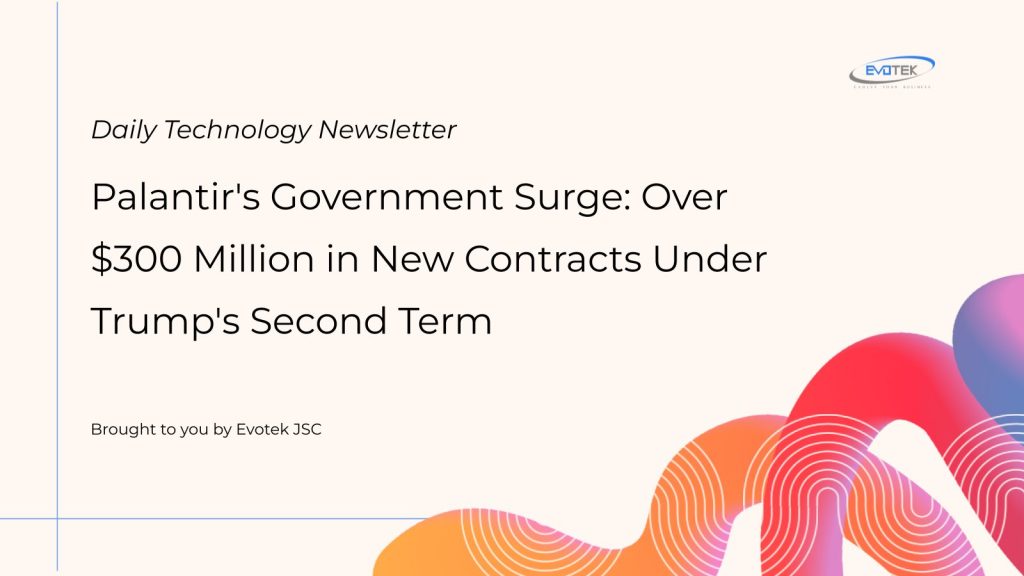While some tech giants have scaled back their direct engagement with the federal government, one Silicon Valley powerhouse, Palantir, is dramatically expanding its footprint in Washington D.C. under President Donald Trump’s second term. The data analytics and software firm has cemented its position as a major player, securing over $300 million in new and expanded government contracts since the current administration took office.
This remarkable growth has propelled Palantir to become the S&P’s top-performing stock of 2025, signaling investor confidence in its strategic direction and increasing relevance. The contracts span a diverse range of federal agencies, including significant deals with the Federal Aviation Administration (FAA) and the Centers for Disease Control and Prevention (CDC). Additionally, Palantir’s technology has found applications in other vital sectors, such as with Fannie Mae, as confirmed by federal records.
The company’s success is largely attributed to a burgeoning “technology-driven cost-cutting ethos” sweeping through government operations. Palantir’s sophisticated platforms, which excel in warfighting analytics, tracking deportations, and even drafting State Department cables with advanced Artificial Intelligence (AI), align perfectly with this drive for efficiency and digital transformation.
However, Palantir’s deep integration into sensitive government functions has also sparked considerable public debate. The expansion of its data analytics and AI capabilities within federal contracts has raised concerns among some observers regarding privacy implications, the potential for a pervasive surveillance state, and the ethical use of advanced technology in governance. These discussions underscore the evolving landscape of big tech’s role in public policy and national security.
As Palantir continues its impressive trajectory, its influence on how federal agencies operate, manage data, and leverage cutting-edge technology is undeniable. The firm’s ability to secure substantial government partnerships underscores a pivotal shift towards data-centric decision-making and operational optimization within the U.S. government.

 日本語
日本語 한국어
한국어 Tiếng Việt
Tiếng Việt 简体中文
简体中文